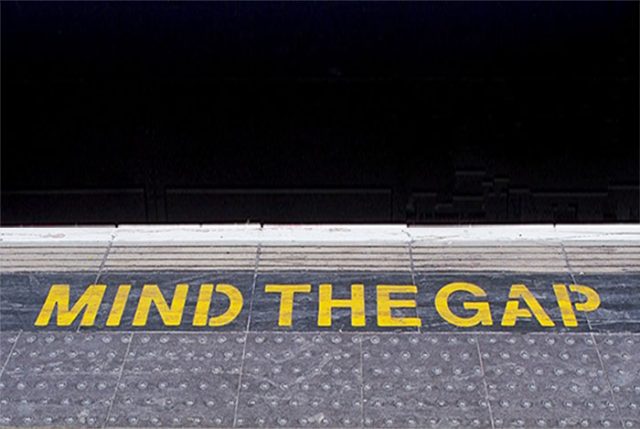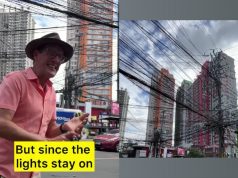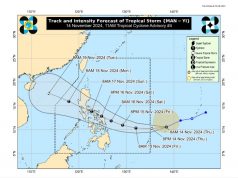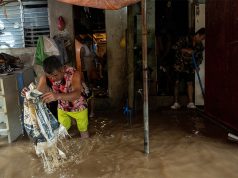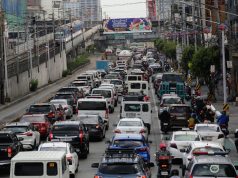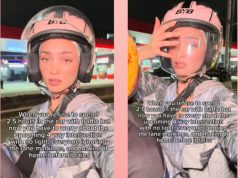Highlights:
- A viral photo posted on Twitter sums up the yawning inequality with hardly any signs of narrowing.
- Manila has serious structural and social problems that make living and earning a lot difficult.
MANILA, Philippines — We’ve seen images that show the plague of poverty in the Philippines, but only a few have captured the wide social inequality that persists despite the country’s incredible economic growth in recent years.
Twitter user @zaldynamic recently posted a photo of a view of a sea of shanties from what appears to be a hotel or residential building’s pool area.
Philippines in a nutshell. pic.twitter.com/znu76NXXWF
— Zaldy III (@zaldynamic) March 30, 2018
The image was taken on Tomas Morato, a popular avenue in Quezon City within Diliman and New Manila areas. “Tomas Morato” is also used by Metro Manila residents to refer to the surrounding area known for its dining destinations.
The slew of comments and reactions to @zaldynamic’s photo are also telling of the problem.
“I love the Philippines, but I get sick after a few days. I stay in nice places surrounded by poverty. A beautiful place with so much duality,” says one Twitter user, who is apparently a foreign visitor.
Another was reminded of the glaring social divide in the “Hunger Games” books and films: “The Capitol and the District 12.”
Polling agency SWS reported in January this year that 46 percent of the population, via an nationally represented survey, consider themselves “poor.” This amounts to 48 million people in the Philippines.
The Manila problem
Melissa Binns of the international NGO Borgen Project described the dismal living conditions of a large population in Manila.
“Most Manila citizens get their food from agriculture—also the city’s main source of income—but some of the poorest find food in the garbage,” Binns said in a 2015 post.
While overpopulation is relative, population density within an area is an indicator of poverty. Manila slums, such as the area seen in @zaldynamic’s photo, have an average population of 75,000-80,000 per square mile.
Amsterdam-based advocacy group Human Cities Coalition has made a list of Manila’s main urban challenges:
- Rapid urban growth
- Habitation risks
- Increasing unemployment and limited economic growth
- Lack of urban basic services
- Ineffective urban planning and land management
- Increasing vulnerability of the urban poor
- Water management issues
How different are the rich and the poor?
Observable attributes of the capital city speak volumes about the rich-poor gap. Metro Manila hosts several commercial districts and exclusive, gated villages, as well as large swathes of shanty towns or “squatters” areas.
In 2017, Credit Suisse estimated the total wealth of Filipinos at P20 trillion, but only 0.1 percent of adults have wealth of more than P50.6 million.
That does not seem so bad, considering there are ultra-rich families in many societies. But in the Philippines, the huge majority of adults—86.6 percent—have average wealth below $10,000 or P500,000.
One useful statistic that social scientists use to measure inequality is the Gini coefficient, which ranges from 0 to 100 from least to most unequal societies.
Using this measure, the income gap slightly widened to 83.9 percent last year, when it was at 83.7 percent in 2016. — Camille Diola

